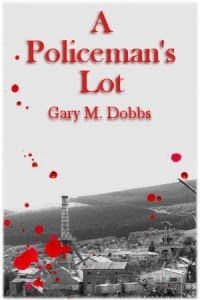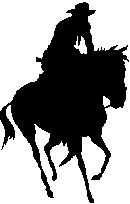Thanks to the instance of my young daughters I've just sat through The Phantom Menace in 3D, and it's no better in 3D, in fact it's worse. The colours are overly saturated and Jar Jar Binks is celluloid toothache. I mean all the character ever does is look up at the sky, ceiling, roof and utter complete drivel, but seeing as he was probably only designed to sell merchandise that isn't really surprising.
The Phantom Menace is more than a bad movie with one or two good bits, it's a terrible movie with one or two good bits. Okay the pod race, obviously designed with the video game in mind, is fun and the double light sabres look fantastic, but to get to these parts we have to sit through young Darth Vader yelling, 'Whoopie' a dozen or so times, as well as a plot so convoluted and nonsensical that the viewer is in danger of losing the will to live. It's something to do with tax inspectors -
least, I think so.
I mean come on - The Phantom Menace is just a two hour commercial for George Lucas to wring even more bucks out of a stale concept. And releasing the films in 3D in the chronological order -
ie the prequels first and then the original movies. Well this is going to destroy the twist at the end of the very best Star Wars movie, The Empire Strikes Back when Vader tells Luke he's his father. OK, we all know that but some kids will come to the series fresh, only discovering the series through the 3D reissues and one of the most powerful scenes in Empire Strikes back will be ruined.
Obviously George hasn't thought the re-release program through properly just as he didn't think the story of The Phantom Menace through before disappointing Star Wars fans everywhere.
There are those that defend The Phantom Menace but that's got to be blind allegiance to the franchise.
"I'm sorry, but I'm not going to watch the Clone Wars TV series until
I've seen the Clone Wars movie. I prefer to let George Lucas disappoint
me in the order he intended." Sheldon, The Big Bang Theory
I must confess I'm not a huge fan of the Star Wars series and I think that as a whole it's overrated. I went and saw the original Star Wars at least half a dozen times, but then I was twelve at the time and although the film is still watchable it's hardly the intelligent SCI-FI often displayed by the likes of Star Trek, and saying, as many do, that Star Wars created a mythology as rich as Tolkein's Lord of the Rings saga is, in my opinion, going a bit far.
However the sequel, The Empire Strikes Back is as good a SCI-FI film as any other and I must admit that the original Star Wars is in its own way a classic of cinema, but after that the franchise left me cold. The Ewoks in Return of the Jedi were a transparent attempt at launching a new toy range, and every Star Wars incarnation since has had one eye of the cash register.
Star Wars may have initially been a great saga but George Lucas has turned it into a pile of crap. And I stick by that statement and below I present my ten reasons on why Star Wars is crap.
1 - Ewoks - Lucus tries to copyright teddy-bears.
2- Jar Jar Binks - need I say more.
3- Re-issuing The Empire Strikes Back with a dodgty CGI Jabba tacked on.
4- Caravan of Courage and Battle for Endor -
episodes 7 and 8?
5-Using an embarrassing plot device as a religion - pity the force wasn't with George.
6 - Making Vader a cute little kid.
7-Creating a situation where the biggest box office goes to the dumbest movies.
8-Making even Samuel L Jackson look uncool.
9- Not allowing Han to shoot first
10- Jar Jar f***ing Binks














































